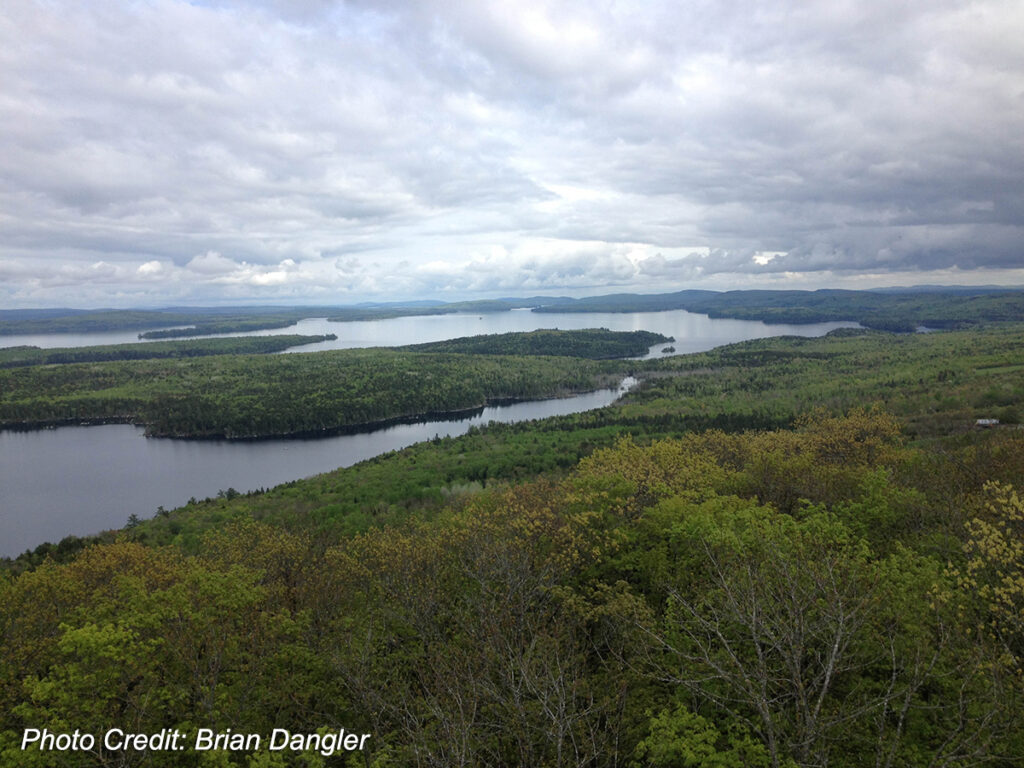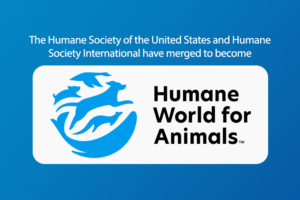The Conservation Fund | October 24, 2016
How The Conservation Fund Is Protecting America’s Working Forests
Join America’s Charities, now through December, as we highlight different nonprofits and share how individuals and companies can Shape the Future of various causes through workplace giving programs.
![]()
The story of Paul Bunyan – the lumberjack hero of American folklore who crisscrossed the nation with his great blue ox named Babe, completing herculean feats in our Northern Forests – may be more myth than man, but it represents a long and proud American tradition of appreciation for our forestland and timber harvesting. At The Conservation Fund, we know the value of keeping America’s forests working isn’t just to honor our heritage, but to keep local economies thriving too. Our pioneering Working Forest Fund is a dedicated one-of-a-kind tool that allows us to quickly buy large tracts of forests when they are on the market and then implement strategies to protect them. Essentially, we develop and design a sound, sustainable forest management plan for each property we acquire. The goal: to protect the great forests that existed during the era of Paul Bunyan—and to keep them working for America today.
Coast to coast, America boasts 420 million acres of working forests; however, 45 million acres of these forests are at high risk of being broken up or lost forever due to urban sprawl, development, or over-harvesting for short-term economic returns. Keeping these large, intact forestlands protected is an urgent challenge because over just the last 50 years, the United States has lost more than 30 million acres of forestland!
“By all accounts, the loss of America’s working forests is one of our nation’s greatest environmental challenges. The status quo is simply not acceptable. We will continue to drive innovative solutions that help ensure their protection and create a sustainable future for generations to come.”
–Lawrence A. Selzer, President, The Conservation Fund
America’s forests—from the hardwoods in the north, to the redwoods of California and longleaf pines of the south – provide enormous economic and health benefits to all of us. Most notably, they support more than two million forestry jobs that cannot be exported overseas. For example, 25% of the world’s pulpwood paper and 18% of its industrial lumber come exclusively from the Southeastern United States. In addition, sound forest management promotes clean air and water, protects wildlife habitat, and provides recreational opportunities. For many Americans, forests aren’t just for play, they are a place where we can relax and rejuvenate our minds and bodies. As forests fall to development and industry, we not only lose our recreational refuges, but wildlife, such as elk, bears or salmon, lose their critical habitats. Over 60% of American wildlife species call our forests home. With each disappearing forest, our national health is also threatened – forests act as “carbon sinks” by absorbing carbon from our air, and they help filter up to 53% of our nation’s drinking water. Simply put, our forests play a critical role in our nation’s economy, wildlife, recreation, and climate change strategy.
Through our Working Forest Fund, we take action to protect working forests and the benefits they provide by developing and designing a suitable sustainable forest management plan for each purchased property. These management plans include placing easements—legal conservation safeguards—on the forests so they cannot be broken up in the future. When we buy forests and take them off the market, we are also buying time; allowing time for conservation plans to come together and be put in place. Often, we will focus on restoring forests and creeks to a healthy state and then transfer the land back to private ownership or a public agency with the promise of sustainable stewardship. This innovative process allows us to protect large forests and ensure that they are managed in a sustainable way.
And the cycle continues. As working forests are sold, we are able to reinvest in other forests and repeat the process to protect as many large forests as we can. A dollar invested in our Working Forest Fund gets revolved on average in three projects over the course of 10 years – the highest return on any conservation investment in the country. The Conservation Fund’s Working Forest Fund is a unique program that combines conservation and commerce to address one of the most urgent issues of our time. Please consider joining us to preserve the working forestlands we all depend upon.
To learn more about our Working Forest Fund, check out this video:
Our thanks to The Conservation Fund for sharing their mission and impact with us. You can learn more about their work by visiting their website at www.conservationfund.org. To support their efforts, please donate to The Conservation Fund through your company’s workplace giving program (CFC#10630 if you’re a military or federal employee participating in the Combined Federal Campaign).
If your company would like to start a workplace giving program to support nonprofits like The Conservation Fund, click here. We have a portfolio of solutions designed to help large and small organizations give back to the causes they care about.

Get Resources and Insights Straight To Your Inbox
Explore More Articles
The Time to Act is Now
The results of the 2024 National Assessment of Educational Progress (NAEP) are in, and the findings are, in a word, heartbreaking. This assessment serves as…
Read ArticleOpen Position: Non-Profit Account Manager, Employee Assistance Funds & Scholarships (Remote – Full Time)
We are professional, agile, customer-centric and our goal is to inspire employees and organizations to support causes they care about. We help nonprofits fundraise unrestricted,…
Read ArticleEXCITING NEWS: Humane Society of The United States and Humane Society International is now HUMANE WORLD FOR ANIMALS
For over 70 years, Humane World for Animals, formerly called the Humane Society of the United States and Humane Society International, has worked around the globe to…
Read ArticleGet Resources and Insights Straight To Your Inbox
Receive our monthly/bi-monthly newsletter filled with information about causes, nonprofit impact, and topics important for corporate social responsibility and employee engagement professionals, including disaster response, workplace giving, matching gifts, employee assistance funds, volunteering, scholarship award program management, grantmaking, and other philanthropic initiatives.





